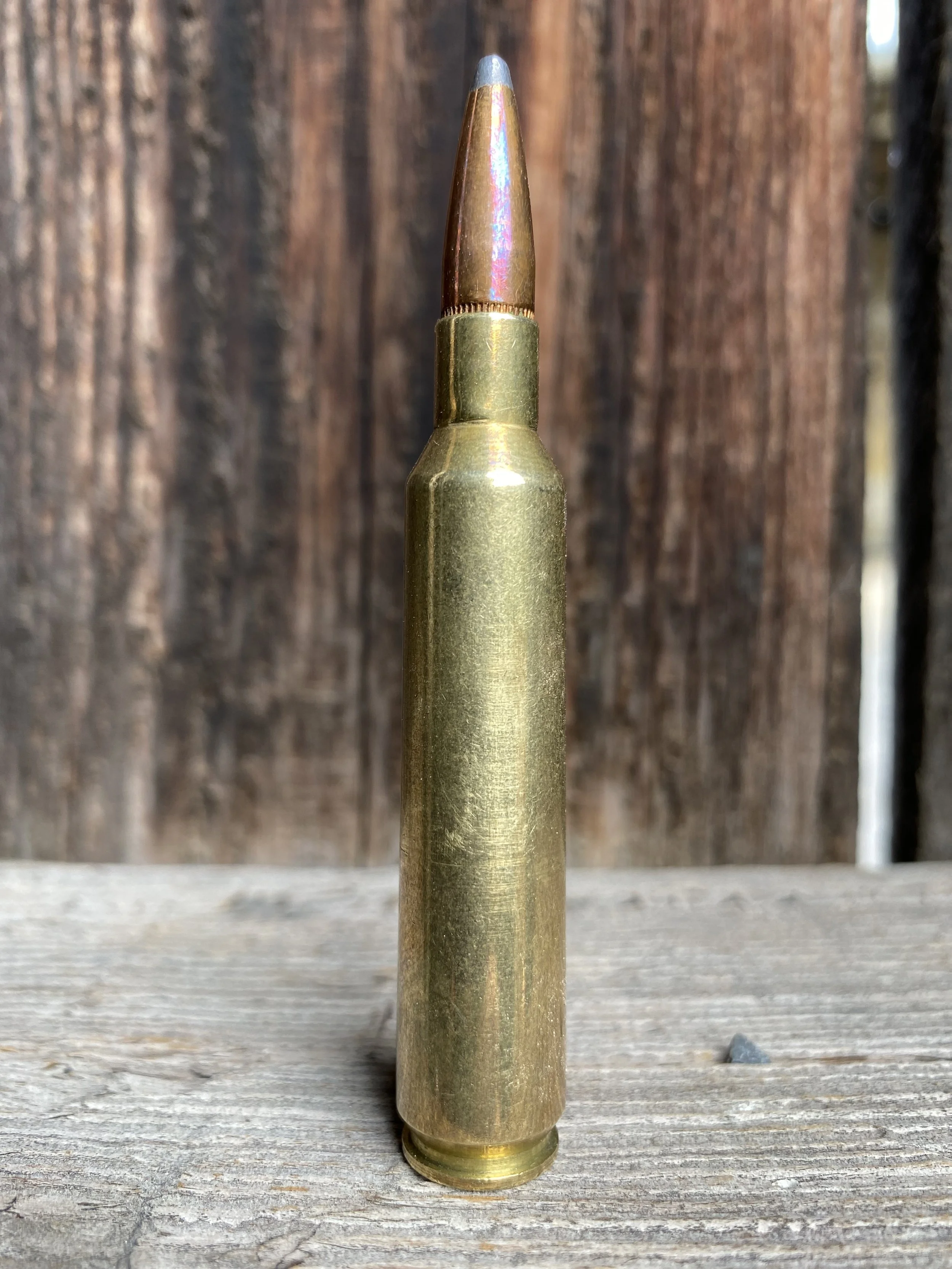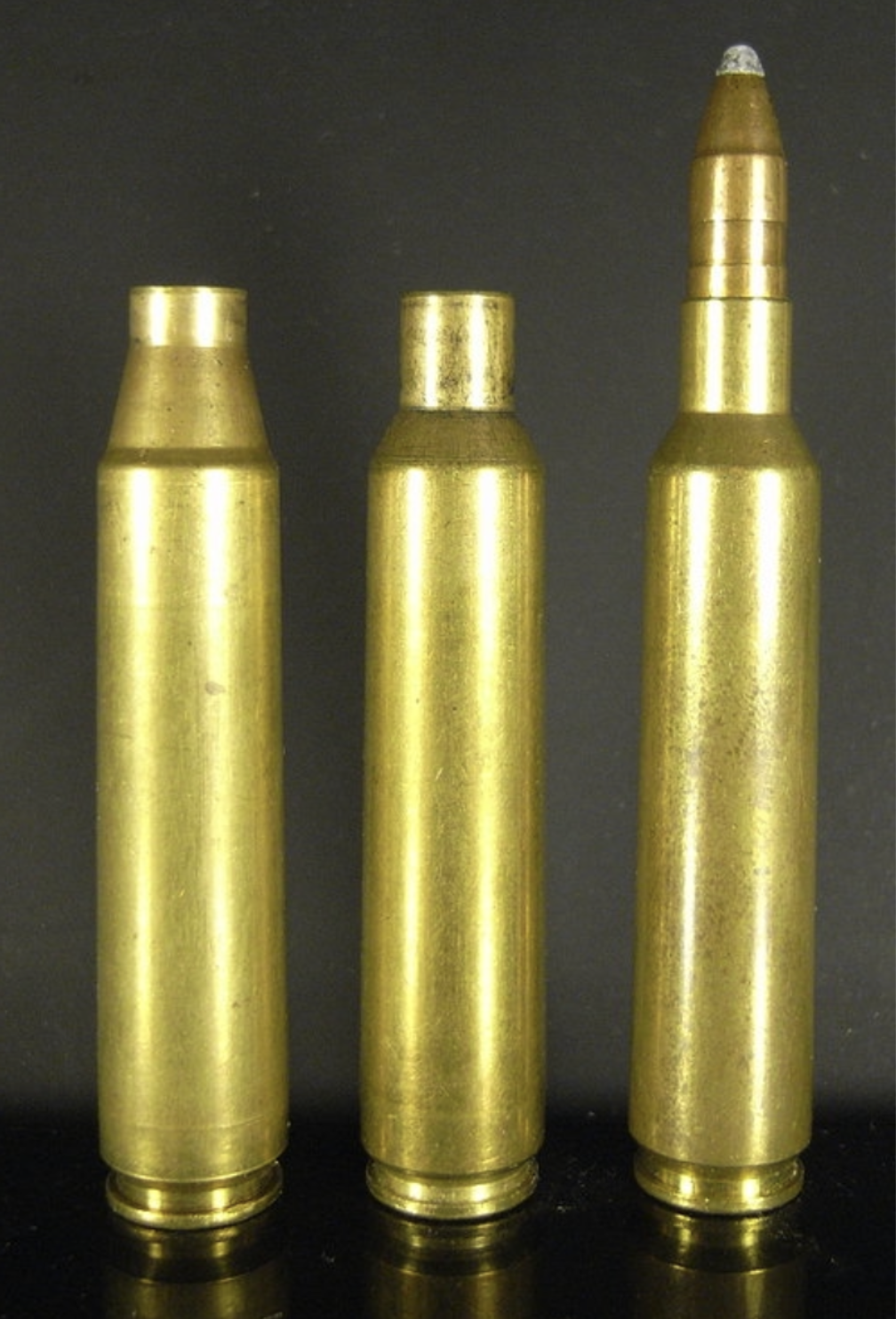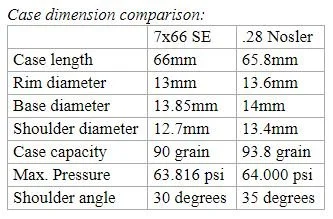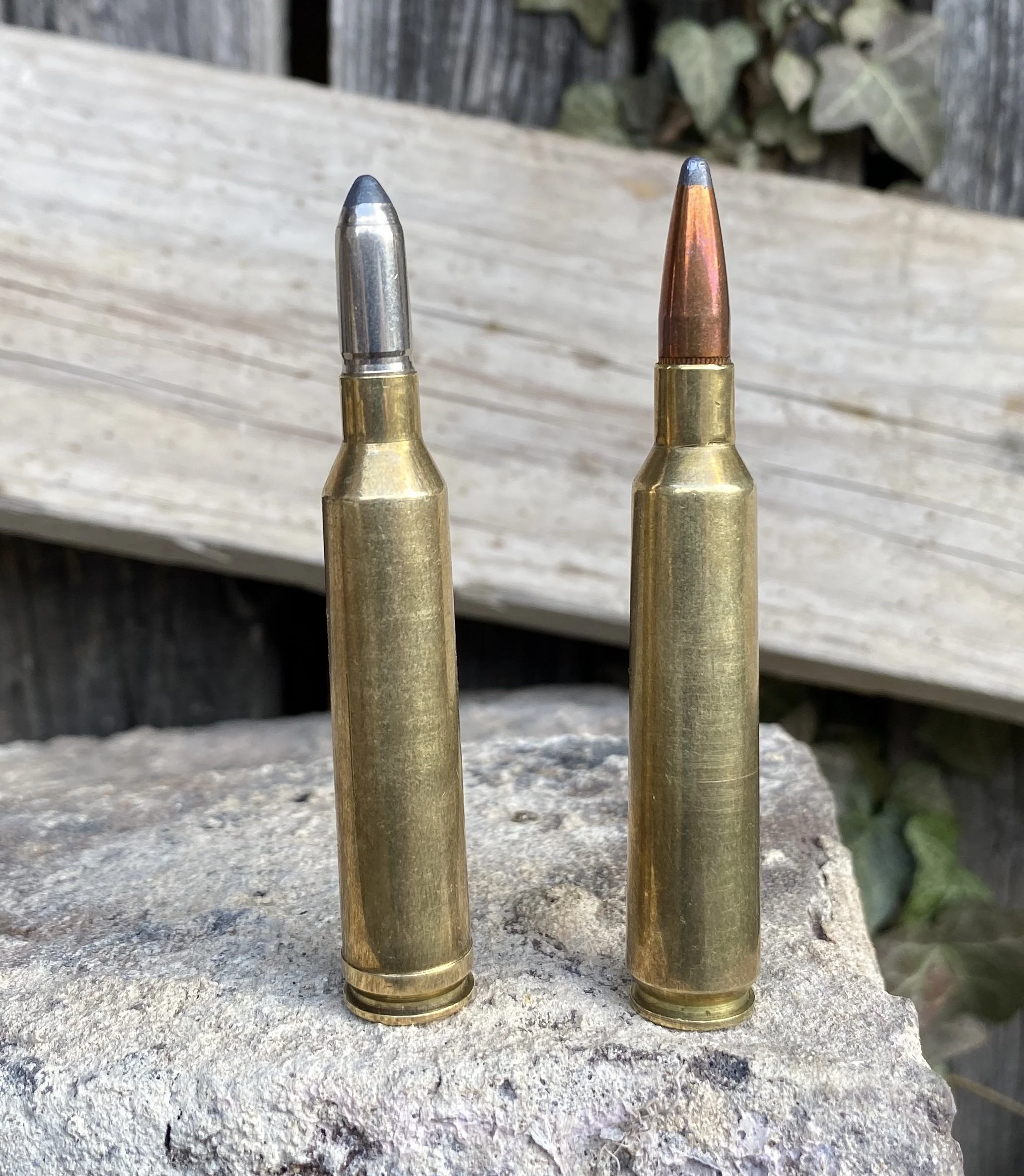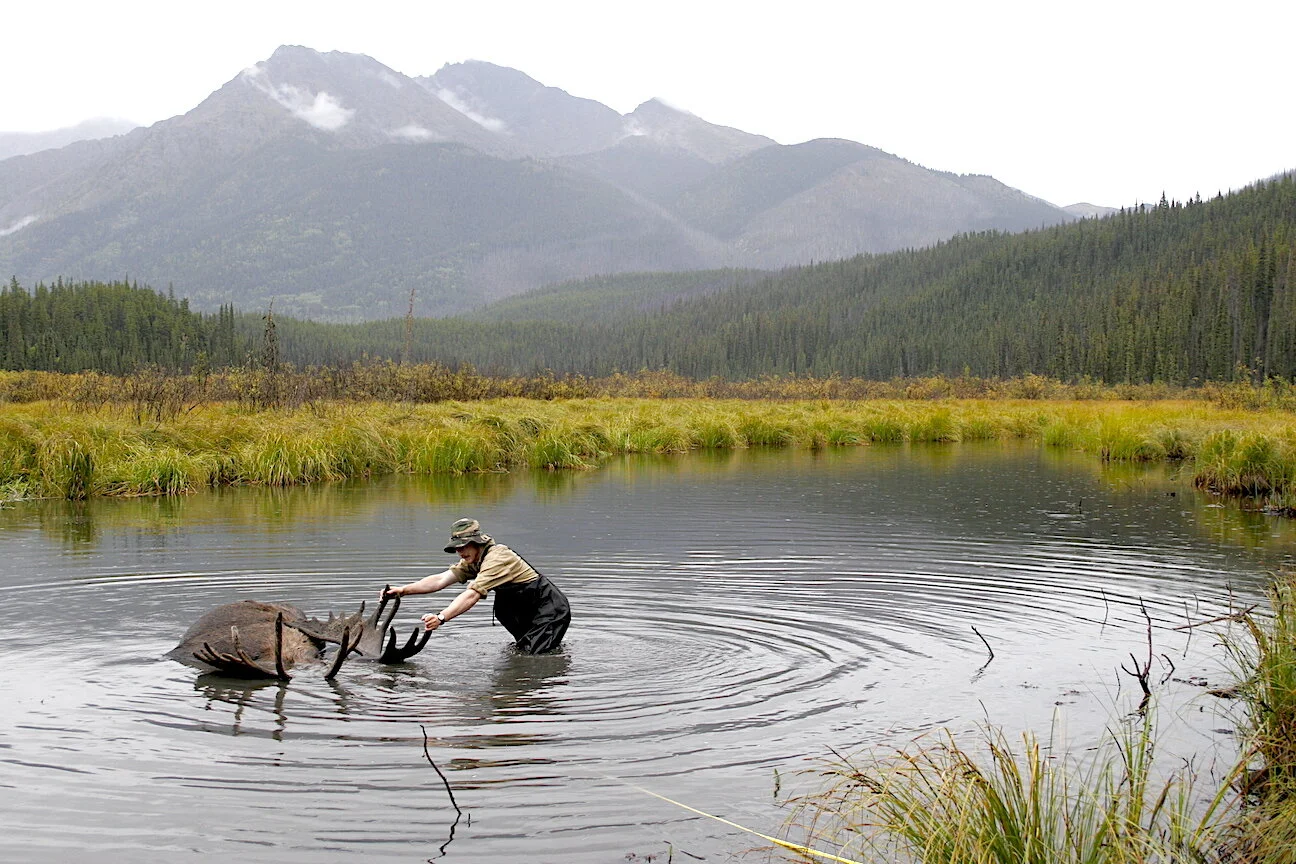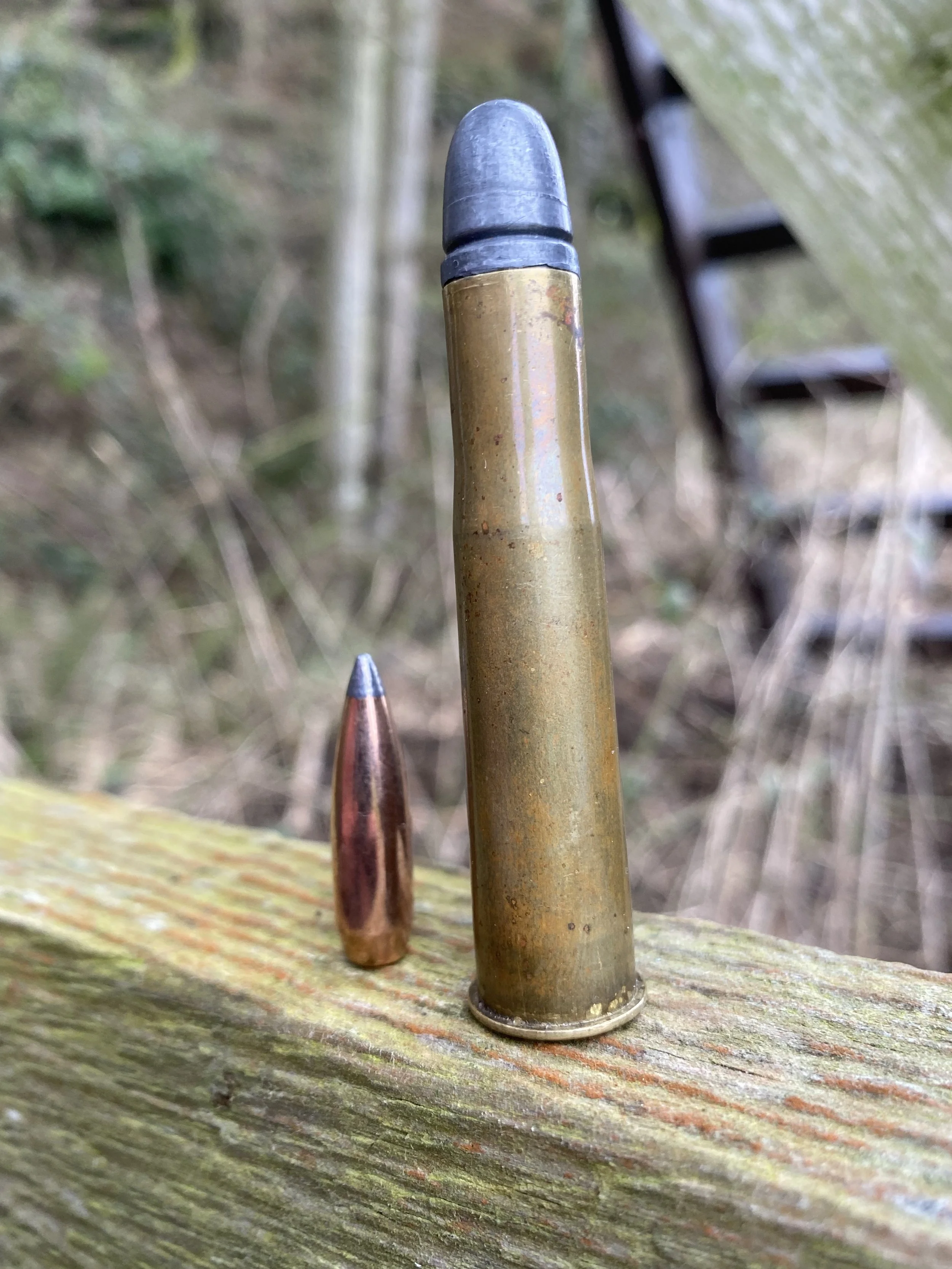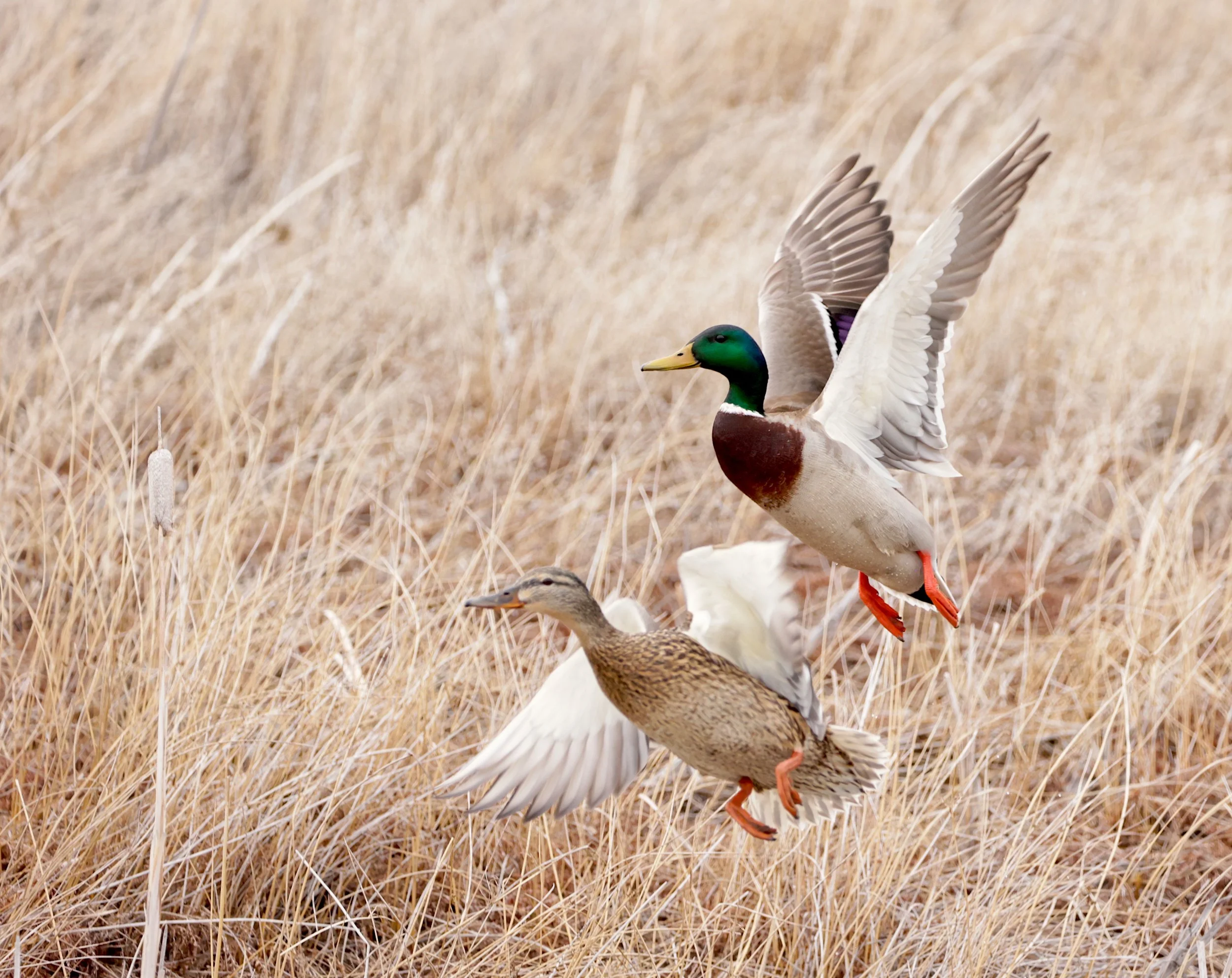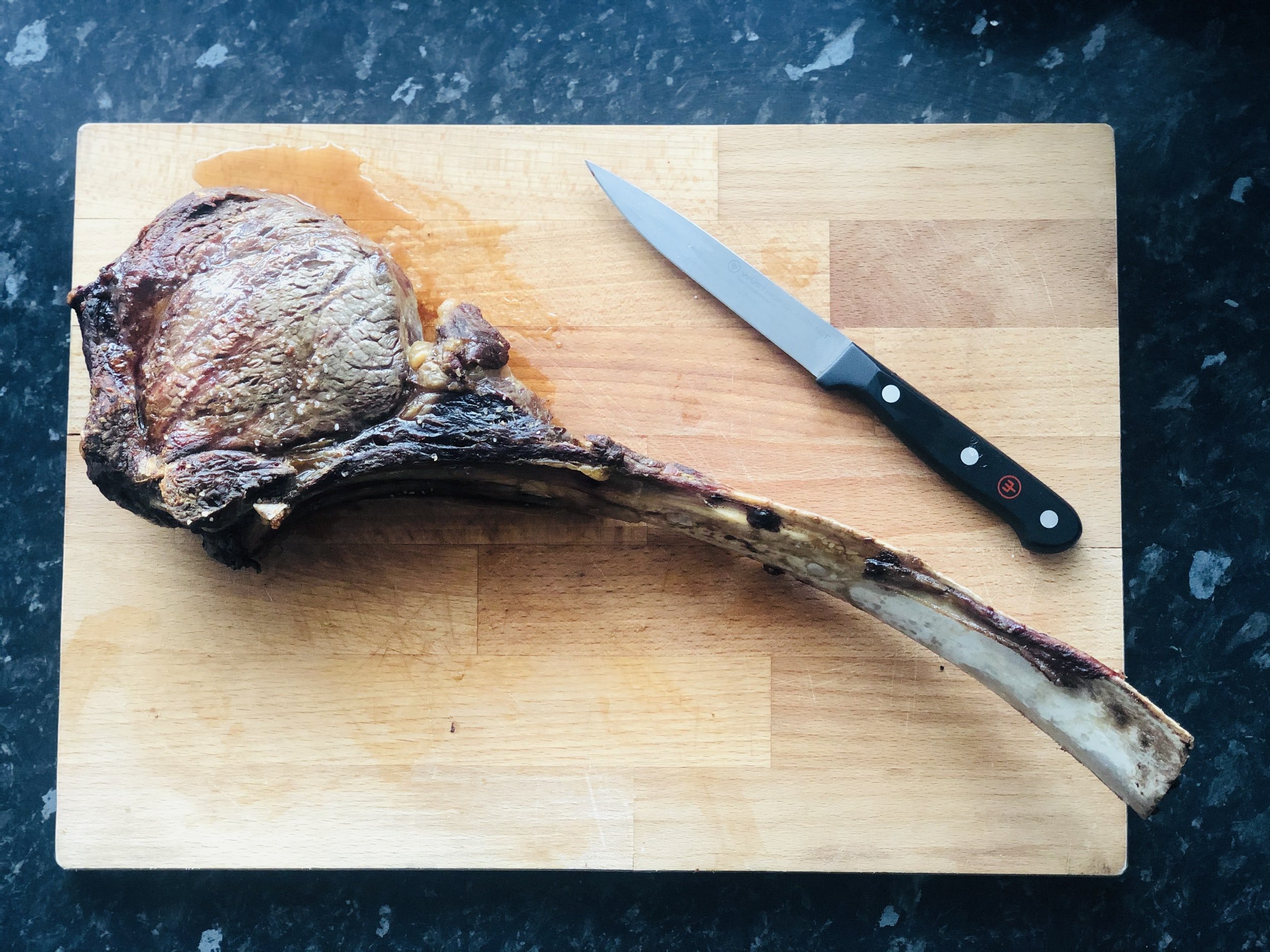7x66 vom Hofe Super Express: (Why the .28 Nosler is Actually Almost 70 years old)
Looks like a 28 Nosler, but it’s really a… 7x66 vom Hofe Super Express created in the 1950s.
The .28 Nosler might be one of the most useful cartridge inventions of the 21st century, but it isn’t the first 7mm to reach its impressive level of performance. The German 7x73mm vom Hofe Super Express preceded it by decades.
The powerful 28 Nosler of 2017 is perfect for long-range shooting. Generating 3,200 fps and nearly 4,000 f-p energy with a 175-grain bullet at 3,200 fps, the Nosler is an ideal choice for hunting nearly anything around the globe. And it sports all the modern lines: standard length cartridge, steep shoulders, minimal body taper. But it’s not really a new concept…
Reinventing the Wheel?
This wheel was invented before. A similar cartridge developed by German gunsmith Walter Gehmann in the mid 1950s is known as the 7x66mm Super Express vom Hofe (a terrific name, in my opinion.) Gehmann worked with and learned from famous inventors such as Wilhelm Brenneke and Ernst August vom Hofe. Although Gehmann knew the belted 7x73mm vom Hofe from 1931, he apparently wanted to create a beltless case to fit standard/long action rifles while maintaining the same case capacity as the 7x73mm.
The 7x73mm vom Hofe itself was based on the 300 H&H, so we have an interesting ancestry here. Ernst August vom Hofe had designed the 7x73mm in 1931 as a belted, magnum-length cartridge. It was good, but Gehmann felt squeezing the same performance out of a standard length cartridge was better. Gehmann maintained the vom Hofe name when he bought the rights to vom Hofe’s inventions, but his 7mm quickly became the more popular. The 7x66mm S.E. vom Hofe has a small but faithful following among mountain hunters to this day. The performance and the flair associated with the name are what attract people.
Some popular rifles have been chambered for this fast 7mm. These include the Mauser Model 66 and the Mauser 98. Even single shots were produced. Those are perfect, lightweight guns for steep country. Today, no manufacturer offers off-the-shelf rifles for the Super Express. But you can find good used guns. Custom rifles are another option.
The 7x66 vom Hofe cartridge was a perfect match for the dependable Mauser bolt action in standard length.
Venturing Where No Cartridge Has Gone Before
When Walter Gehmann designed his cartridge, he tried a new and fascinating feature. To explain that I will dip a toe into physics. The Venturi effect describes a phenomenon when gases and fluids flow through a pipe with a choke. The stream will accelerate when the pipe narrows to a smaller diameter to maintain the overall flow of gas/fluid. If you compare a gradual narrowing of the pipe to an abrupt narrowing, it becomes clear that the former will lead to less turbulence of the gas or fluid. The flow is more efficient, so to say.
The 7x66mm SE case has a 30- degree shoulder, but early rifle chambered for it were reamed with an odd, two-step shoulder configuration. Firing a round in those resulted in the brass expanding and “fire-forming” into what was then called a "double Venturi" shoulder. Despite what we now know about efficient powder burn in cases with 30-40 degrees, Gehmann’s idea was the new shape would speed up gas flow via the Venturi effect. This, he thought, would increase muzzle velocity and reduce pressure peaks at the same time. In reality, it created a novel case shape with an extremely short neck that couldn't be easily or reliably reloaded. That wasn't a concern in Europe at the time because virtually no one handloaded.
The original 7x66 vom Hofe Super Express was an oddball. Factory cartridges looked like the one on the right, but upon firing they emerged shaped not like the expected one in the middle, but the double venturi shouldered one on the left.
Evidence of the failure of Gehmann’s experiment is that rifle makers soon began dispensing with the double Venturi chambers. Instead they reamed 7x66 S.E. chambers to properly fit the factory ammo. The change did not result in lower muzzle velocities, proving Gehmann’s theory to be just that, a theory. Today we know that 30-40 degree shoulders not only increase room for powder, but also enhance powder burn within the case. This more efficient burn may add the slight velocity increase Gehmann was hoping to get from his Venturi effect, but it also minimizes throat erosion. Finally, the fired cases emerge in proper shape for easy reloading.
Handloading Challenges
Speaking of reloading, 7x66 S.E. components are expensive and not easy to find. The design is also not one of the easiest to load yourself, according to experienced handloaders. But with the right combination of bullets, powder, and primer (and rifle, of course), the Super Express is extraordinarily accurate, even by today’s standards. Considering cost and difficulty, a handloader has to be on the lookout for a challenge, not for cost efficiency.
Walter Gehmann invented a bullet to go along with his powerful cartridge. The fast velocities generated by the 7mm vom Hofe called for tough construction to ensure proper terminal ballistics. So Gehmann built his Torpedo Stopring bullet. Somewhat similar to Brenneke TIG and TUG bullets, it features a steel jacket that contains a front core (intended for fragmentation) and a rear core (held together by the jacket and a ring of the jacket forming an internal ring). The bullet nose fragments to damage vital organs quickly while the shank travels deep, penetrating even thick bones in its path. Stopring bullets are out of production. Any controlled expansion or bonded bullets are suitable for modern handloads.
To show you what you can expect to get in terms of output, let’s compare the 7x66mm to the .28 Nosler. The measurements shown in table 1 indicate that Nosler pushed the limits of what would fit in a standard length action even a bit further, utilizing every bit of space for powder capacity. The subsequent gap in case capacity mostly stems from a slight difference in case taper and a bit flatter angled shoulder (30 degrees vs. 35 degrees) in the vom Hofe design. But the relations are almost identical.
Ballistic Measures
Table 1
On the other hand, modern powders can mitigate the effects of shorter barrels. So it’s fair to say that the numbers are good indicators of the cartridge’s performance. If you take a close look at the cartridge dimensions and compare that to the .28 Nosler, you’ll notice that only the 35-degree shoulder angle is different from the 30 degrees of the Nosler case. The bottom line is nearly identical powder capacity. Performance should be just that, practically the same.
Table 2
A 170-grain Stopring bullet leaves the muzzle of a 7x66 SE vom Hofe rifle at 3,294 fps for a whopping 4,086 ft-lbs. That is serious output. The .28 Nosler loaded with a 175-grain Accubond long-range bullet? It will generate 3,125 fps for 3,794 ft-lbs at the muzzle of a 26-inch pipe.
The 7mm Rem. Mag. of 1962 looks a lot like the 7x66 vom Hofe Super Express, too. Of course, the Rem Mag has the “magnum” belt.
Maybe even more enlightening might be comparing the 7x66 to the venerable 7mm Remington Magnum. The Rem. Mag. case holds considerably less power than the Super Express and .28 Nosler. Loaded with 175-grain bullets, the Rem. Mag. hits 2,860 fps for 3,178 ft-lbs at the muzzle of a 24-inch barrel. The gain in performance of the bigger cartridges is not linear. They burn a lot more powder for a bit more velocity. They recoil and roar more, too. In the end, all three have enough juice. Shooters must choose their level of bark and bite.
Table 3
Table 4
What Are 28 Nosler and 7x66 Super Express Good For?
What, you might ask, was the 7x66 S.E. developed for? Heavy lifting. Gehmann concocted it for hunting heavy game at long ranges. Red stag, big boars, probably kudu, oryx and eland. In that regard it’s just like the .28 Nosler. High velocities mated to tough, heavy bullets are perfect for addressing elk in the Rockies, moose on the tundra, eland in the brush. This vom Hofe is more than enough for big mule deer, sheep, or goats, but its reach makes it useful anyway.
It’s unfortunate that older, fascinating rounds like the 7x66 S.E. fade into oblivion, but such is the way of fickle market forces. Some new rounds catch shooter’s attention at the right time, some are far ahead of their time. Used rifles in 7x66 hit the market now and then, but you’ll pay a heavy price to keep one fed. The lack of affordable factory loads and even brass cases for handloading are strong arguments against it.
Even without competition from the relatively new 28 Nosler, the vom Hofe S.E. loses appeal when compared to the less powerful 7mm Rem Mag (left) and 270 Winchester because both are much more accessible.
Today’s easy route to 7x66 vom Hofe performance is a .28 Nosler. Buy a new rifle, new ammo, and you’re rolling. But if you like obscure or rare cartridges, consider the original 28 Nosler, the 7x66mm vom Hofe Super Express, a cartridge that illustrates how good engineers and their cartridges were way back when.


